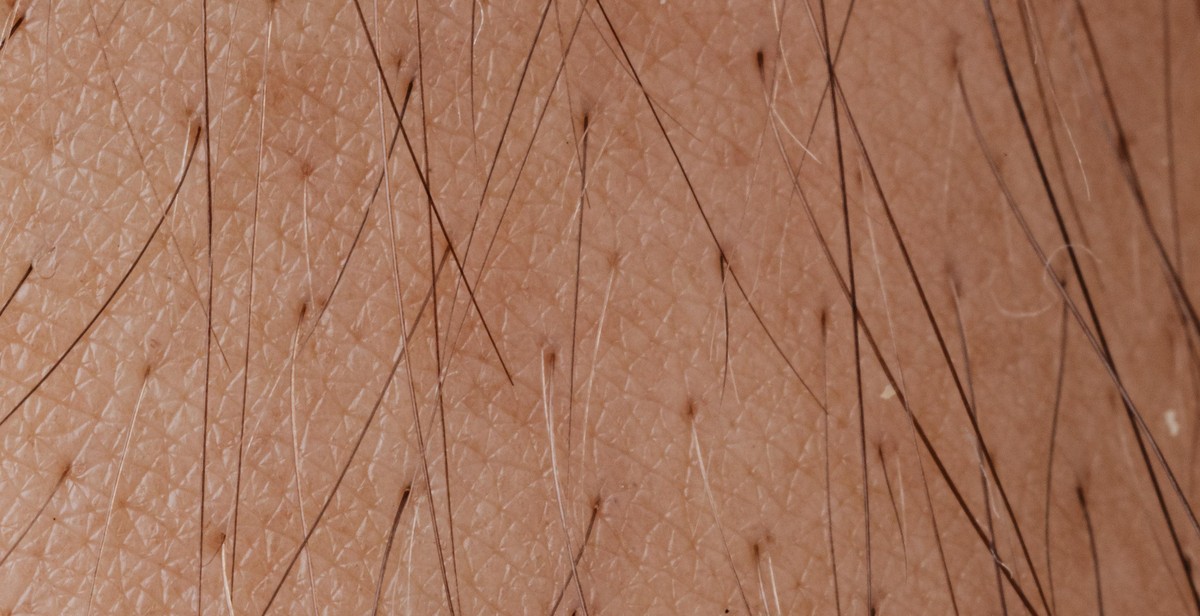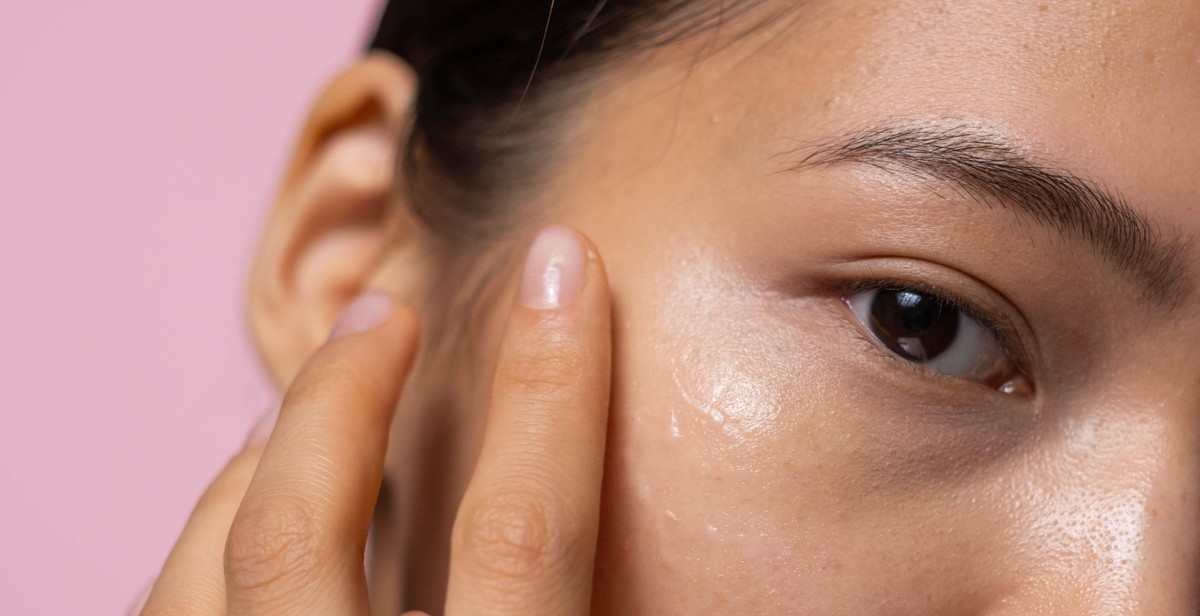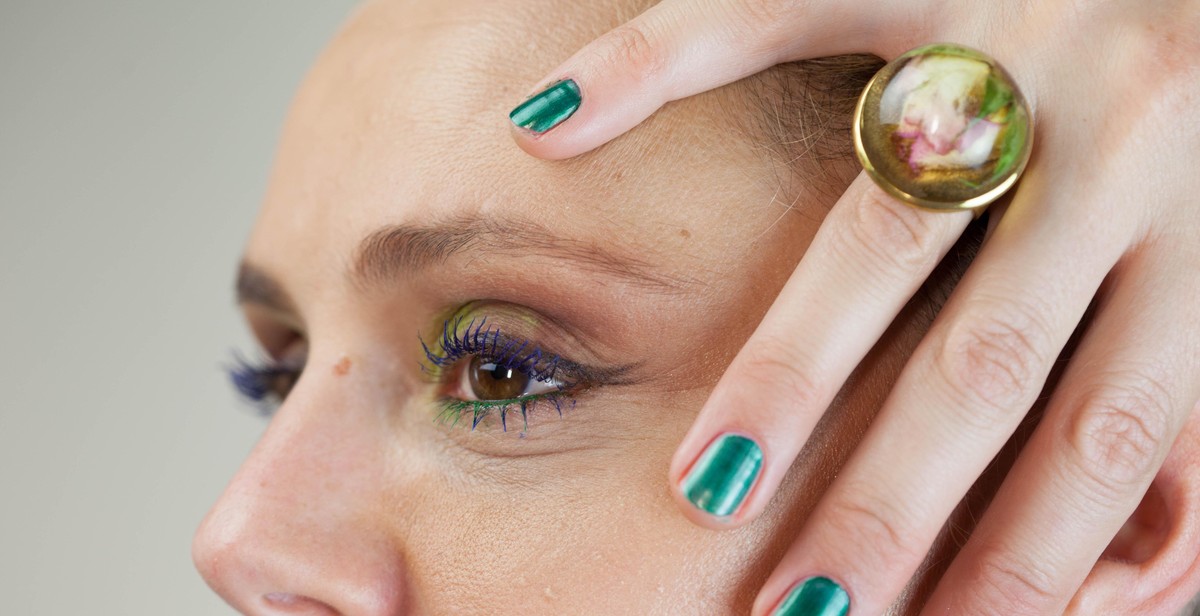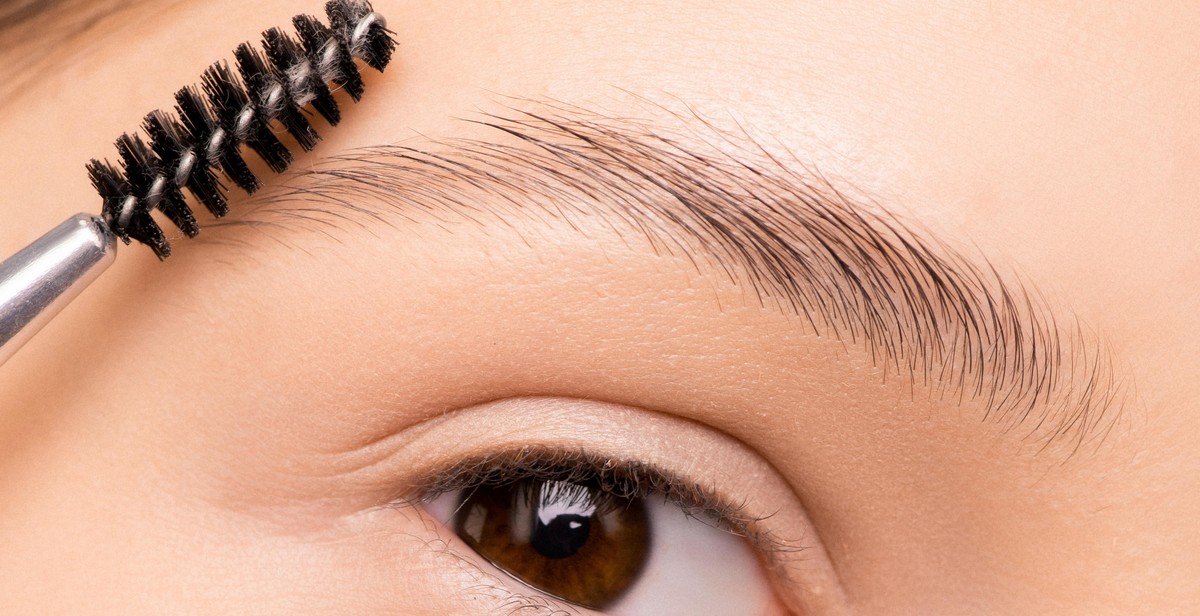How to Improve Skin Texture and Achieve a Smooth Complexion
Having smooth and flawless skin is a desire for many people. However, factors such as aging, stress, environment, and genetics can affect the texture and appearance of the skin. Fortunately, there are several ways to improve skin texture and achieve a smooth complexion.
1. Exfoliate Regularly
Exfoliating is the process of removing dead skin cells from the surface of the skin. Regular exfoliation helps to unclog pores, prevent acne, and improve skin texture. There are several ways to exfoliate, including using scrubs, chemical peels, and exfoliating brushes.
2. Hydrate Your Skin
Keeping your skin hydrated is essential for maintaining a smooth and healthy complexion. Drinking plenty of water, using a moisturizer, and using a humidifier in dry environments can help to keep your skin hydrated.
3. Use Sunscreen
The sun’s harmful UV rays can damage your skin and cause premature aging. Using a broad-spectrum sunscreen with an SPF of at least 30 can protect your skin from the sun’s harmful rays and help to prevent skin damage.
4. Eat a Healthy Diet
Eating a healthy diet can provide your skin with the necessary nutrients to maintain a smooth and healthy complexion. Foods rich in antioxidants, such as fruits and vegetables, can help to protect your skin from damage and improve skin texture.
5. Get Enough Sleep
Getting enough sleep is essential for maintaining healthy skin. During sleep, your body repairs and regenerates your skin cells, helping to improve skin texture and appearance.
By following these tips, you can improve your skin texture and achieve a smooth complexion. However, it’s essential to remember that everyone’s skin is different, and what works for one person may not work for another. If you’re concerned about your skin’s texture, it’s always best to consult with a dermatologist.

Understanding Skin Texture
Skin texture refers to the surface quality and appearance of the skin. It is determined by factors such as the size and shape of the pores, the presence of fine lines, wrinkles, and acne scars, and the overall smoothness and evenness of the skin tone. Understanding skin texture is essential for achieving a smooth and radiant complexion.
What is Skin Texture?
The skin is the largest organ in the human body, and its texture is determined by a variety of factors, including genetics, age, lifestyle, and environmental factors. Skin texture can be classified into four categories: normal, oily, dry, and combination.
Normal skin texture is characterized by small, barely visible pores, an even skin tone, and a smooth surface. Oily skin texture is characterized by enlarged pores, a shiny appearance, and a tendency to break out. Dry skin texture is characterized by rough, flaky patches, and a lack of moisture. Combination skin texture is a mix of oily and dry skin, with oily areas typically found in the T-zone (forehead, nose, and chin) and dry areas found on the cheeks.
Factors Affecting Skin Texture
Several factors can affect skin texture, including:
- Age: As we age, our skin becomes less elastic and thinner, which can lead to wrinkles, fine lines, and a rougher texture.
- Sun Exposure: Exposure to the sun’s harmful UV rays can cause sun damage, which can lead to a rough, uneven texture.
- Smoking: Smoking can cause premature aging, which can lead to a rougher skin texture.
- Diet: A poor diet lacking in essential vitamins and minerals can lead to dry, flaky skin.
- Hydration: Dehydration can lead to dry, flaky skin, while proper hydration can help maintain a smooth, even texture.
- Skincare Routine: A consistent skincare routine that includes regular exfoliation, moisturization, and sun protection can help improve skin texture.
By understanding the factors that affect skin texture, you can take steps to improve your skin’s overall appearance and achieve a smooth, radiant complexion.

Tips to Improve Skin Texture
Having smooth and glowing skin is a dream for many. However, achieving it requires effort and consistency. Here are some tips that can help you improve your skin texture:
1. Exfoliate Regularly
Exfoliating is the process of removing dead skin cells from the surface of the skin. Regular exfoliation can help to improve skin texture by promoting cell turnover and reducing the appearance of fine lines, wrinkles, and blemishes. You can use physical exfoliants like scrubs or chemical exfoliants like alpha-hydroxy acids (AHAs) and beta-hydroxy acids (BHAs) to exfoliate your skin. However, be gentle and do not over-exfoliate as it can damage your skin.
2. Moisturize Daily
Moisturizing is essential for maintaining healthy skin. It helps to keep your skin hydrated, soft, and supple. Dry skin can lead to rough and uneven texture. Therefore, it is important to moisturize your skin daily. Choose a moisturizer that suits your skin type and apply it after cleansing your skin.
3. Use Sunscreen
Exposure to the sun’s harmful UV rays can damage your skin and cause premature aging. It can also lead to uneven skin texture, hyperpigmentation, and other skin problems. Therefore, it is important to use sunscreen to protect your skin from the sun. Choose a sunscreen with an SPF of at least 30 and apply it generously before going out in the sun.
4. Stay Hydrated
Drinking enough water is crucial for maintaining healthy skin. It helps to flush out toxins from your body and keep your skin hydrated from the inside. Dehydrated skin can lead to dull and rough texture. Therefore, make sure to drink at least 8 glasses of water per day to keep your skin healthy and glowing.
5. Eat a Healthy Diet
Your diet plays a crucial role in maintaining healthy skin. Eating a balanced diet rich in vitamins, minerals, and antioxidants can help to improve your skin texture. Include foods like fruits, vegetables, nuts, and whole grains in your diet. Avoid processed and junk foods as they can lead to inflammation and damage your skin.
| Tip | Description |
|---|---|
| Exfoliate Regularly | Remove dead skin cells for a smoother texture |
| Moisturize Daily | Keep your skin hydrated and soft |
| Use Sunscreen | Protect your skin from sun damage |
| Stay Hydrated | Drink enough water to maintain skin hydration |
| Eat a Healthy Diet | Include foods rich in vitamins, minerals, and antioxidants |

Professional Treatments for Skin Texture
While there are several at-home remedies that can help improve skin texture, sometimes professional treatments are necessary to achieve the desired results. Here are three popular options:
1. Chemical Peels
Chemical peels involve the application of a chemical solution to the skin, which causes the top layer to peel off. This treatment can improve the appearance of fine lines, acne scars, and uneven skin tone, as well as smooth out rough texture.
There are three types of chemical peels: superficial, medium, and deep. Superficial peels are the mildest and only affect the outermost layer of skin, while deep peels penetrate to the deeper layers. The type of peel recommended will depend on the severity of the skin texture issue.
2. Microdermabrasion
Microdermabrasion is a non-invasive treatment that uses a special machine to exfoliate the skin and remove dead skin cells. This can help improve skin texture, reduce the appearance of fine lines and wrinkles, and even out skin tone.
The treatment typically takes around 30 minutes and may cause some redness and mild discomfort. However, there is no downtime required and most people can resume their normal activities immediately after the treatment.
3. Laser Resurfacing
Laser resurfacing involves the use of a laser to remove the top layer of skin and promote the growth of new, healthier skin cells. This treatment can help improve skin texture, reduce the appearance of scars and wrinkles, and even out skin tone.
There are two types of laser resurfacing: ablative and non-ablative. Ablative lasers remove the outer layer of skin, while non-ablative lasers heat up the underlying skin tissue to stimulate collagen production. The type of laser resurfacing recommended will depend on the severity of the skin texture issue.
Overall, professional treatments can be an effective way to improve skin texture and achieve a smoother complexion. Consult with a dermatologist or skin care professional to determine which treatment is best for your specific needs.

Conclusion
Improving your skin texture and achieving a smooth complexion is not an overnight process. It requires consistency, patience, and the right products and techniques. However, with the tips and tricks outlined in this article, you can take the necessary steps to achieve the skin of your dreams.
Remember the key takeaways:
- Exfoliate regularly to remove dead skin cells and promote cell turnover
- Hydrate your skin from the inside out by drinking plenty of water and using a moisturizer
- Protect your skin from the sun by wearing sunscreen and avoiding prolonged sun exposure
- Eat a healthy diet rich in vitamins and minerals to nourish your skin
- Consider incorporating skin care products with retinoids, vitamin C, and hyaluronic acid into your routine
Ultimately, achieving a smooth complexion is about taking care of your skin and giving it the attention it deserves. By following these tips and making a commitment to your skin care routine, you can improve your skin texture and feel confident in your own skin.
| Remember: Consistency is key! Stick to a regular skincare routine to see real results. |
